In 2025, This US City is Projected to Suffer the Biggest Water Shortage
There are many major problems plaguing our world in 2024; both climate change and overpopulation have created a wide variety of negative side effects, including rising sea levels, extreme weather, heat waves, and much more.
Though one of the most potent and imminent issues is water scarcity. In fact, the World Health Organization has warned that half of the world’s population will experience water scarcity by 2025. Here are 10 cities from around the world with some of the highest water shortage ratings, including the US city projected to suffer from the biggest water shortage next year.
Understanding the Water Shortage Ratio
Before discussing the 10 cities with the highest water shortage ratings, it’s important to understand how these ratings work. A 1.0 ratio means a city has enough water for its residents, but as that number increases, it means the city has increasingly less water than needed.
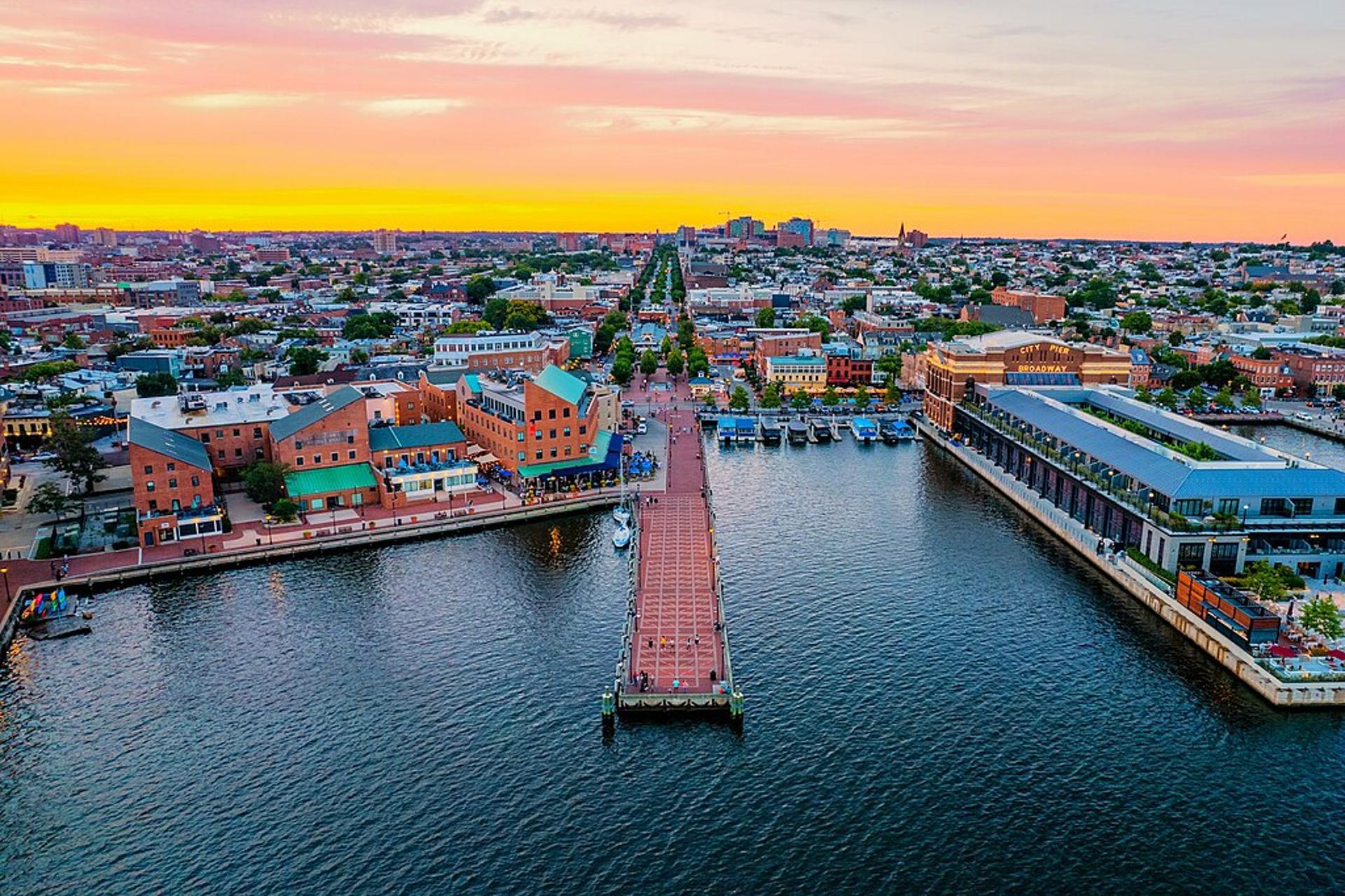
Source: Wikipedia
For example, Baltimore, Maryland, in the United States, has a rating of 1.38 and a projected rating of 1.43 in 2024, meaning it already has far less than is needed, but in 15 years, the city could struggle.
10. San Francisco, California
With a current water ratio of 0.99, San Francisco does have the water it needs for its more than 800,000 residents. However, the projected rating for 2040 is 1.05.
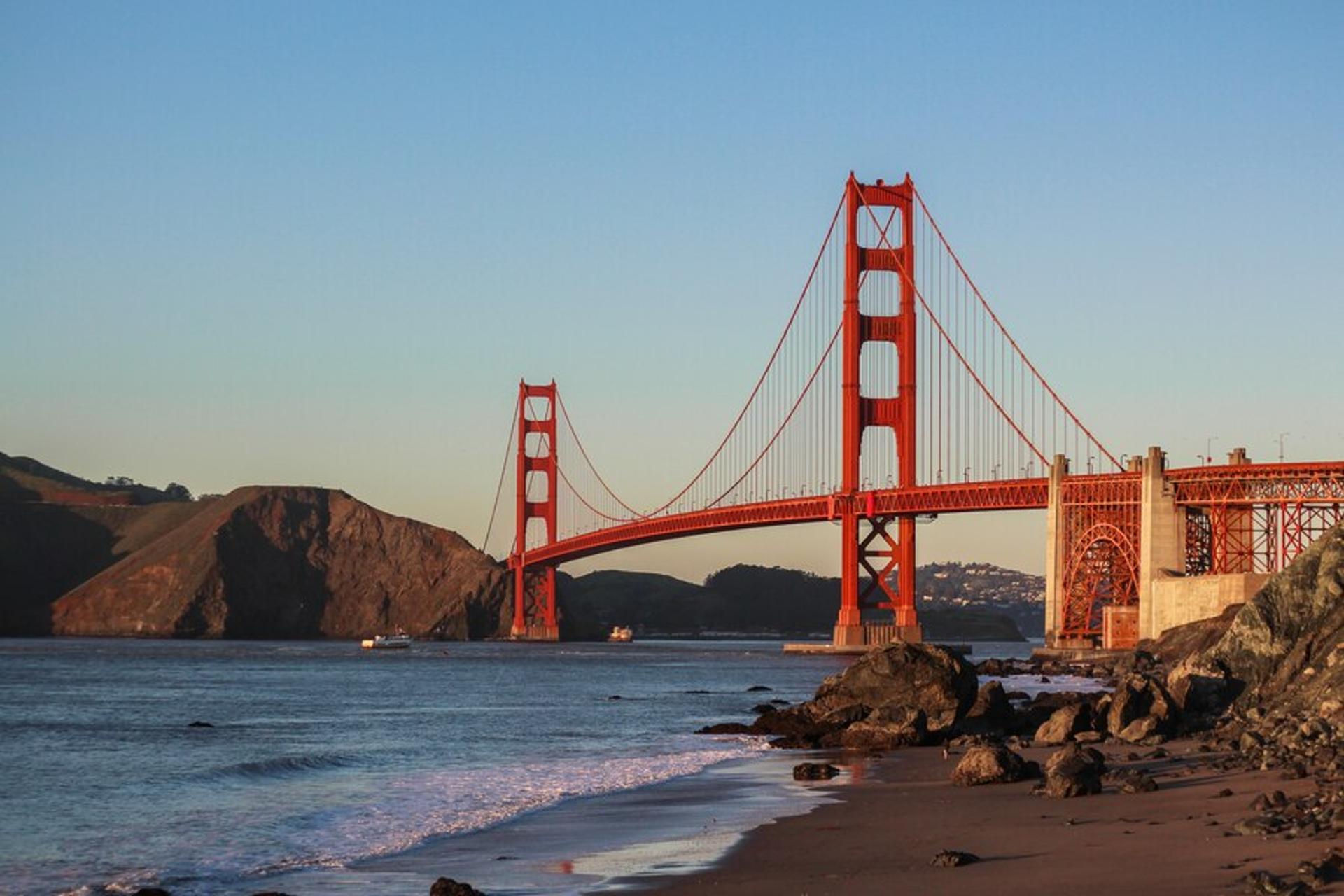
Source: Freepik
San Francisco is dedicated to keeping its water reserves full, but because of California’s constant periods of drought, many are worried that the city’s reservoirs will struggle over the next decade.
9. Rome, Italy
The beautiful city of Rome, Italy, has a water shortage ratio of 0.93, but the estimated ratio for 2040 is 1.06.
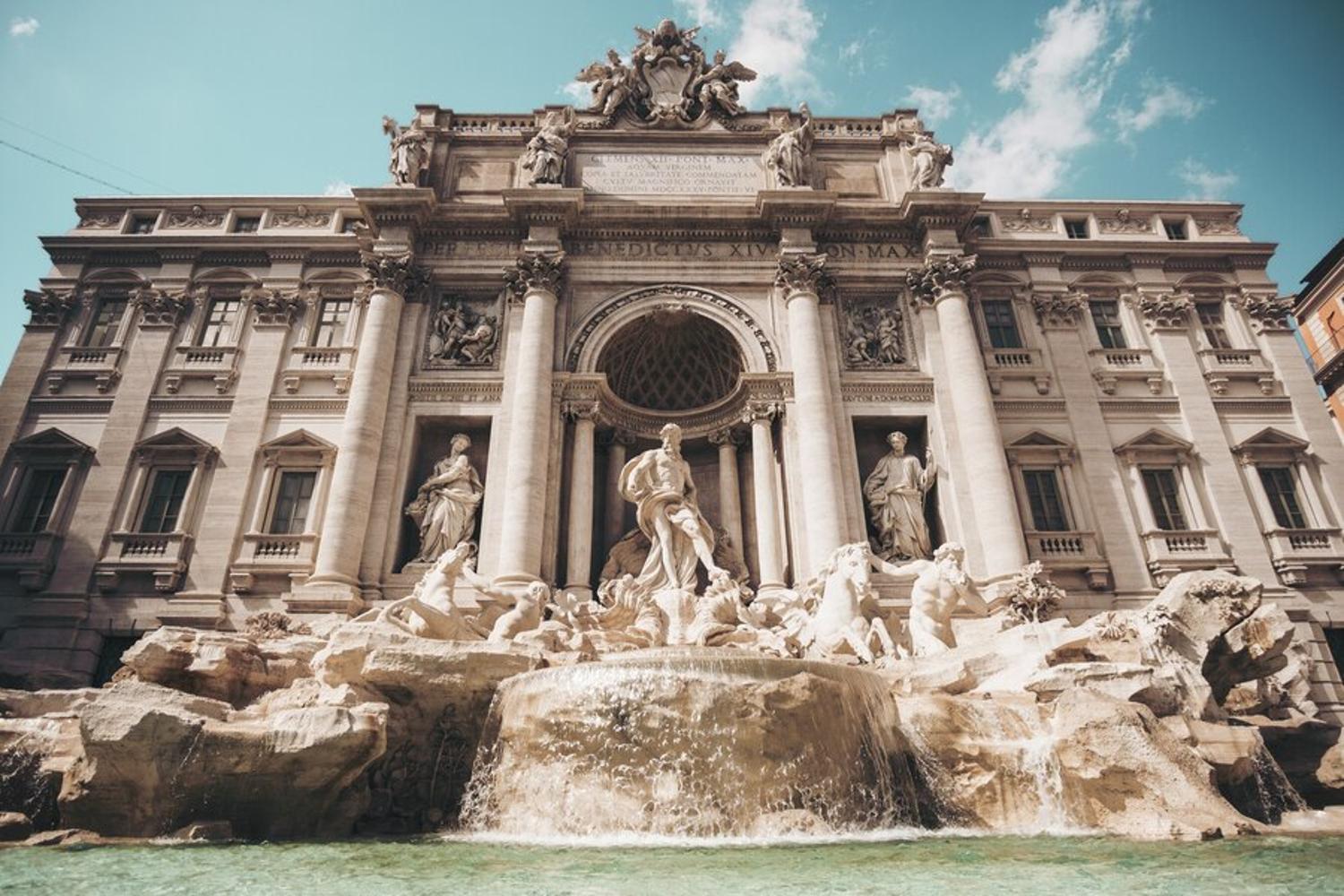
Source: Freepik
Rome is one of the world’s oldest cities, and its plumbing reflects that. Thousands of miles of old and broken pipes leak 3 billion cubic meters of Rome’s water every year, which is about 40% of its total water use. The government is working tirelessly to fix the pipes, but these kinds of projects take time.
8. New York, New York
An almost unbelievable 8.26 million people live in New York City, and they collectively use around 1 billion gallons of water every day. So it should come as no surprise that the city has one of the worst water shortage rations on the planet.
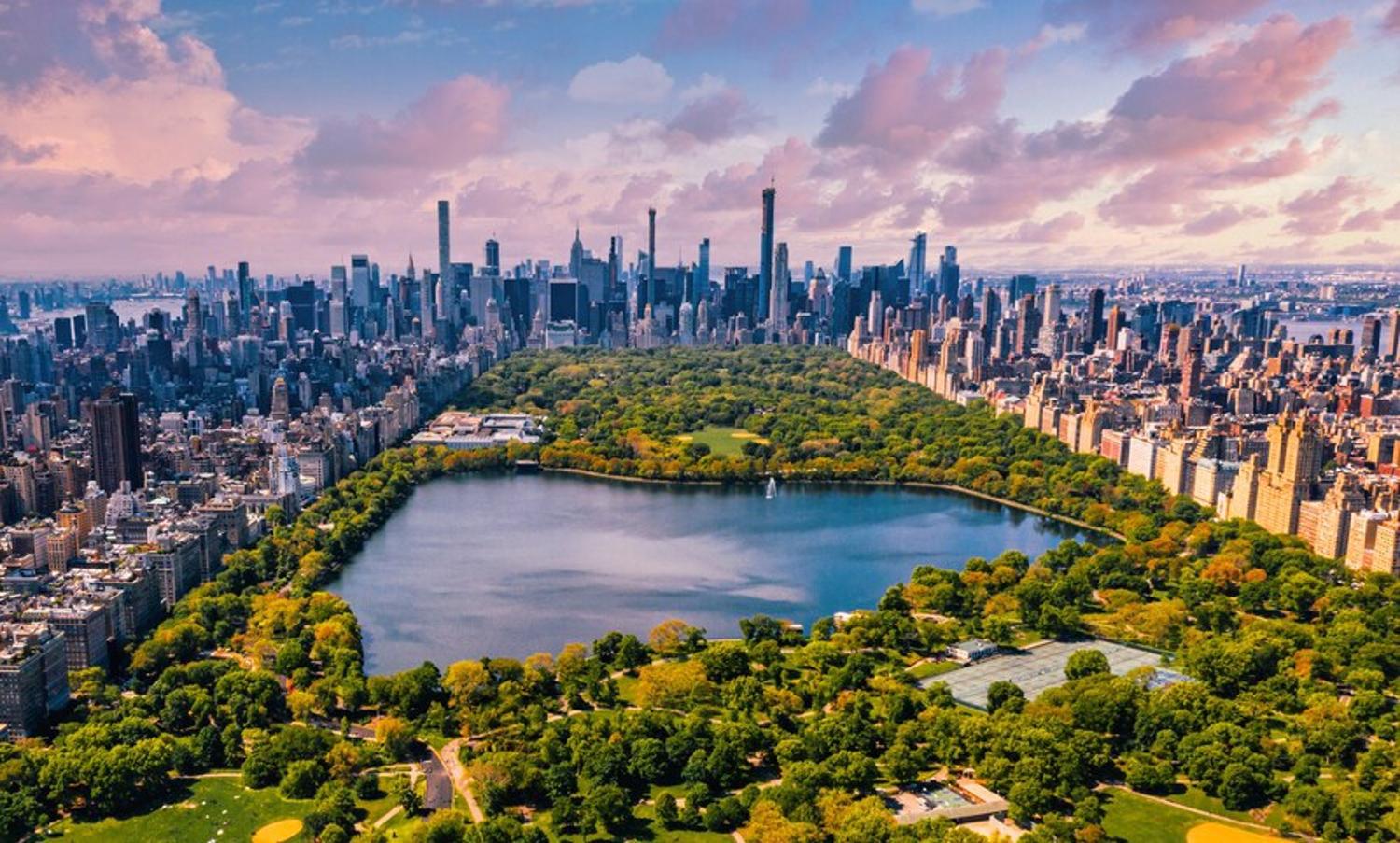
Source: Freepik
Experts believe that the current rate of 1.62 will increase to 1.65 by 2040, that is, if the city hasn’t already sunk below the ever-rising sea level.
7. Sydney, Australia
Many people blame Sydney’s dangerously high water shortage ratio on the Sydney Water Corp. and the city’s Department of Planning for their ongoing lack of water conservation efforts.
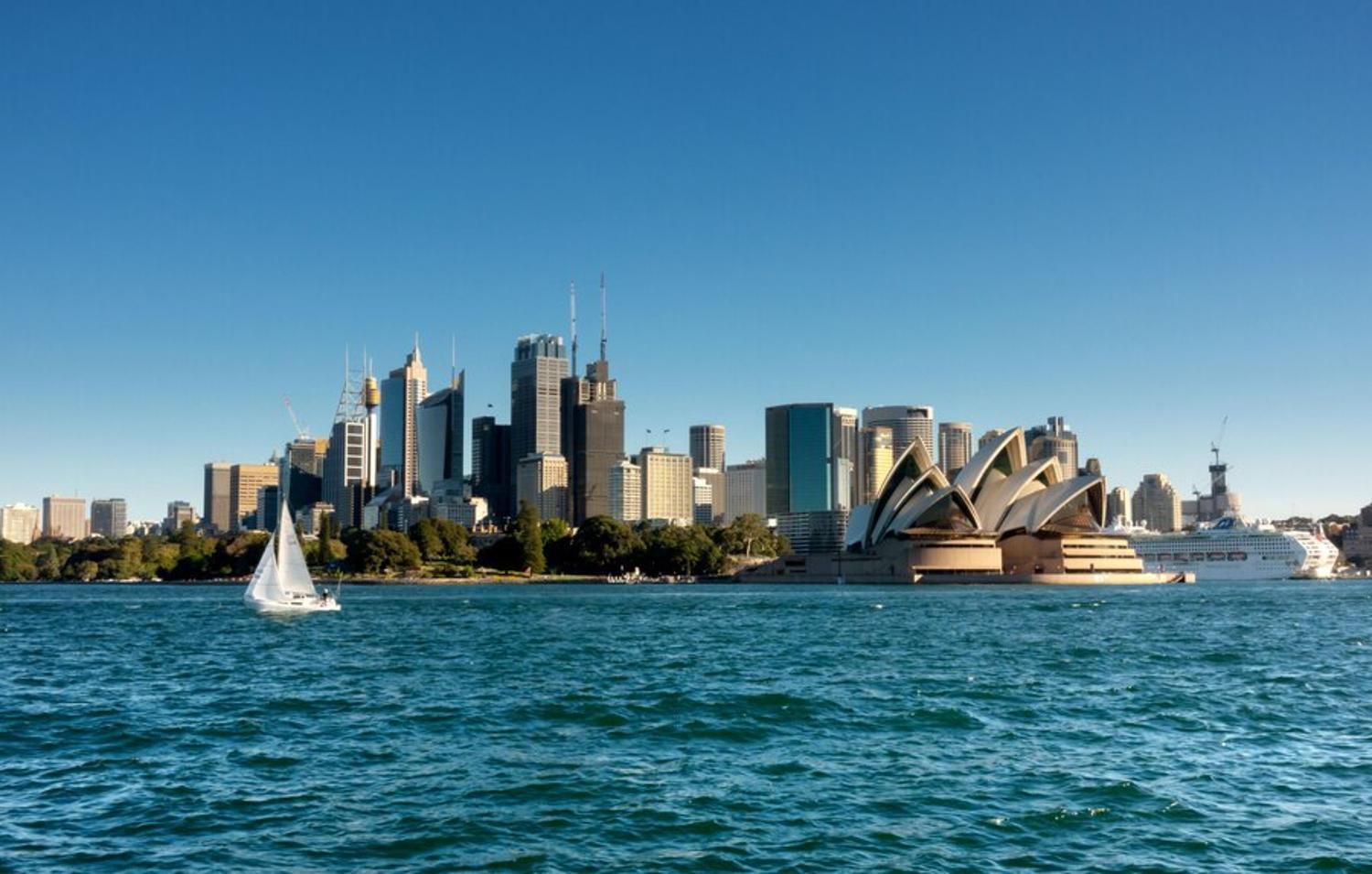
Source: Freepik
Climate change has been and will continue to hit Sydney with aggressive heat waves and drought that experts believe will increase its water shortage ratio from 1.56 to 1.95 by 2040,
6. Cape Town, South Africa
Coming in even higher than Sydney is Cape Town, South Africa, with a current ratio of 1.95 and a projected ratio of 2.19.
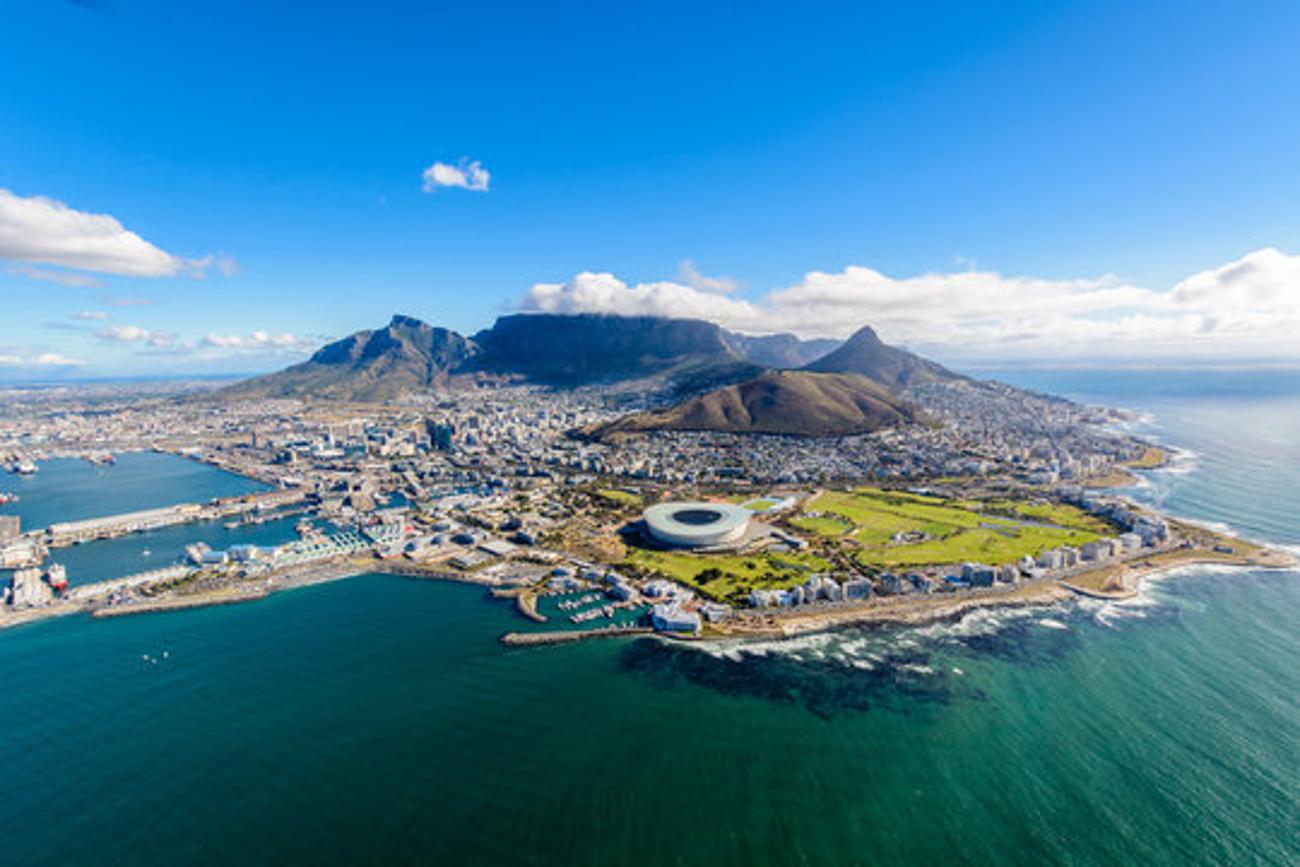
Source: Adobe Stock
Cape Town has always struggled with long-lasting droughts, but climate change has exacerbated this problem over the past decade. The government has started limiting water use and even charging residents for drinking water, but experts worry it won’t be enough to stop a water crisis.
5. Marrakech, Morocco
Historically, Marrakech provided tap water to its residents via groundwater. However, in 2016, the city realized it had used up almost all of the natural water below its bustling markets.
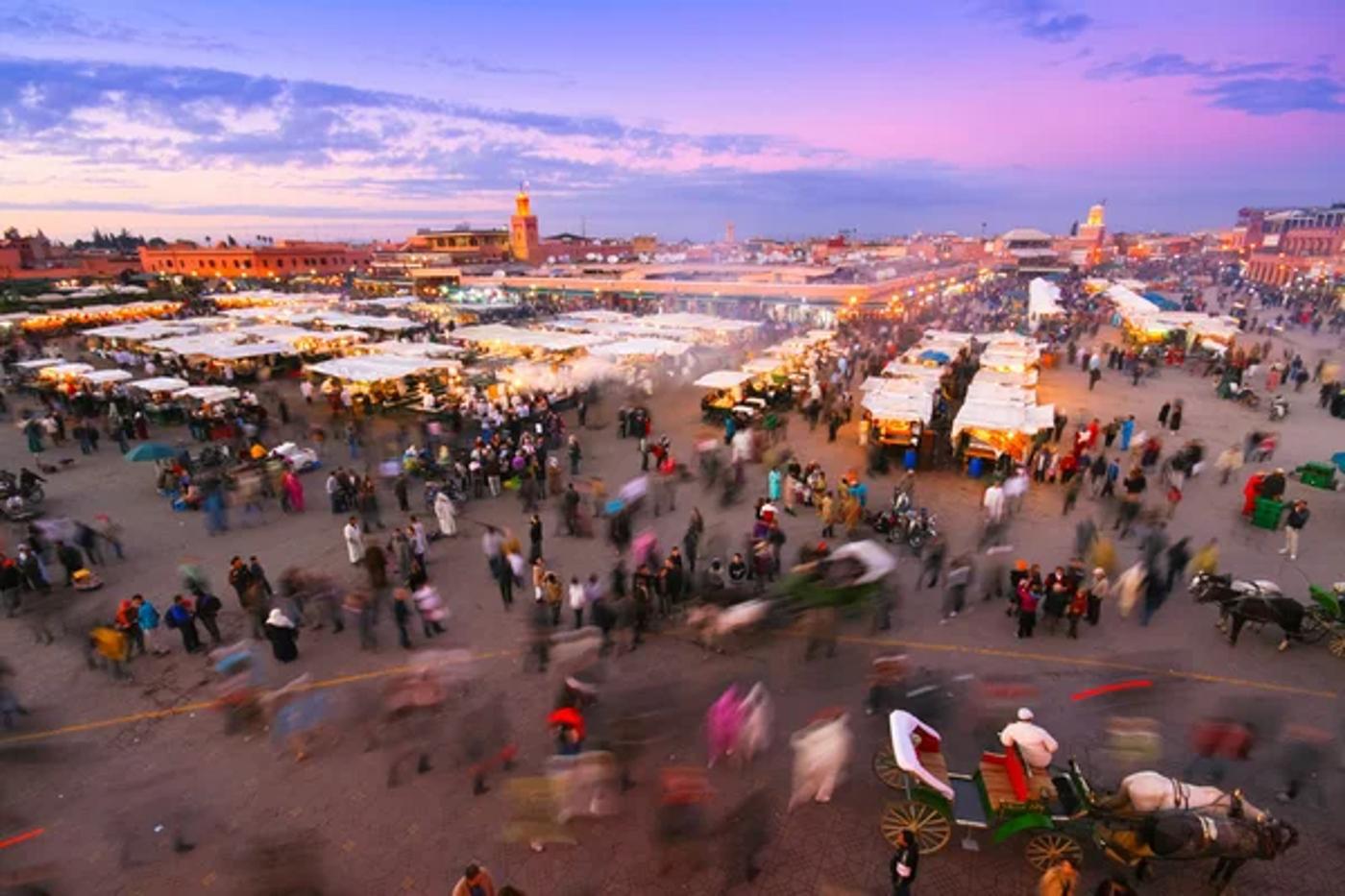
Source: Depositphotos
Marrakech sought help from the World Bank and has since implemented new strategies to collect ample drinking water. Though experts don’t think it will be enough, they estimate Marrakech’s ratio will jump from 1.54 to 2.57 over the next 15 years.
4. Beijing, China
With a population of 22 million, Beijing is one of the most populated cities on Earth. The local government has always struggled to provide ample drinking water to its constantly growing population, and even now, the water shortage ratio is a whopping 4.91.
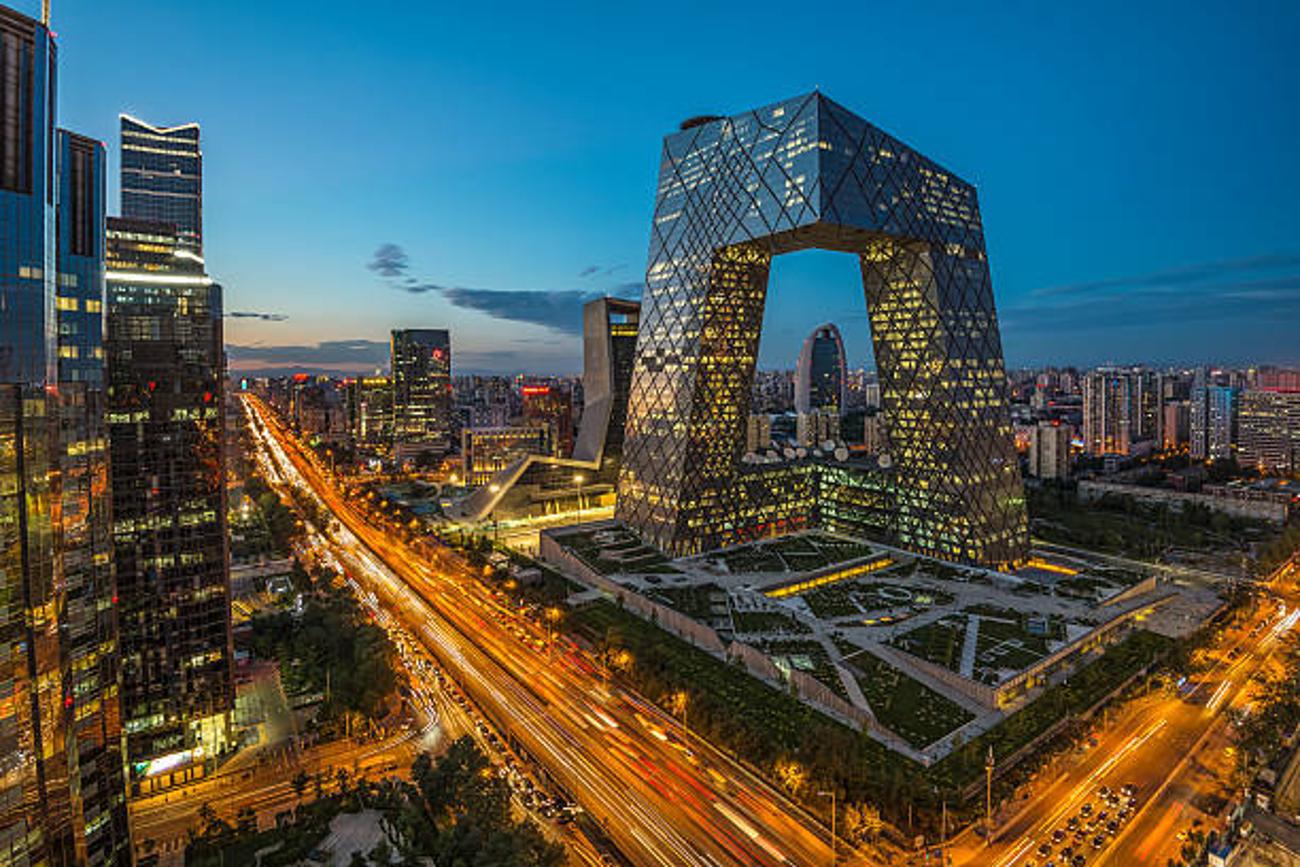
Source: iStock
However, because the problem has become so dire, Beijing has started a water diversion project, which includes a 2,700-mile-long aqueduct to move water from the rural south into the city. Therefore, Beijing’s water shortage ratio is actually expected to decrease to 4.23 in 2040.
3. San Diego, California
San Diego, California, is another city with a lower projected shortage ratio in 2040 than it has now. Experts expect it to decrease from 5.77 to 5.42 over the next 15 years, but it’s important to note that both of those numbers are still extremely troublesome.

Source: Freepik
The San Diego government is building a wastewater-to-drinking water system called the Pure Water Program, which they hope will provide nearly half of the city’s residents with water by 2035.
2. Dubai, United Arab Emirates
Known for its extremely dry climate, it shouldn’t be surprising that Dubai is at the very top of the list. Almost 90% of the city’s drinking water is desalinated water from the Arabian Gulf, but this process is both expensive and potentially dangerous.
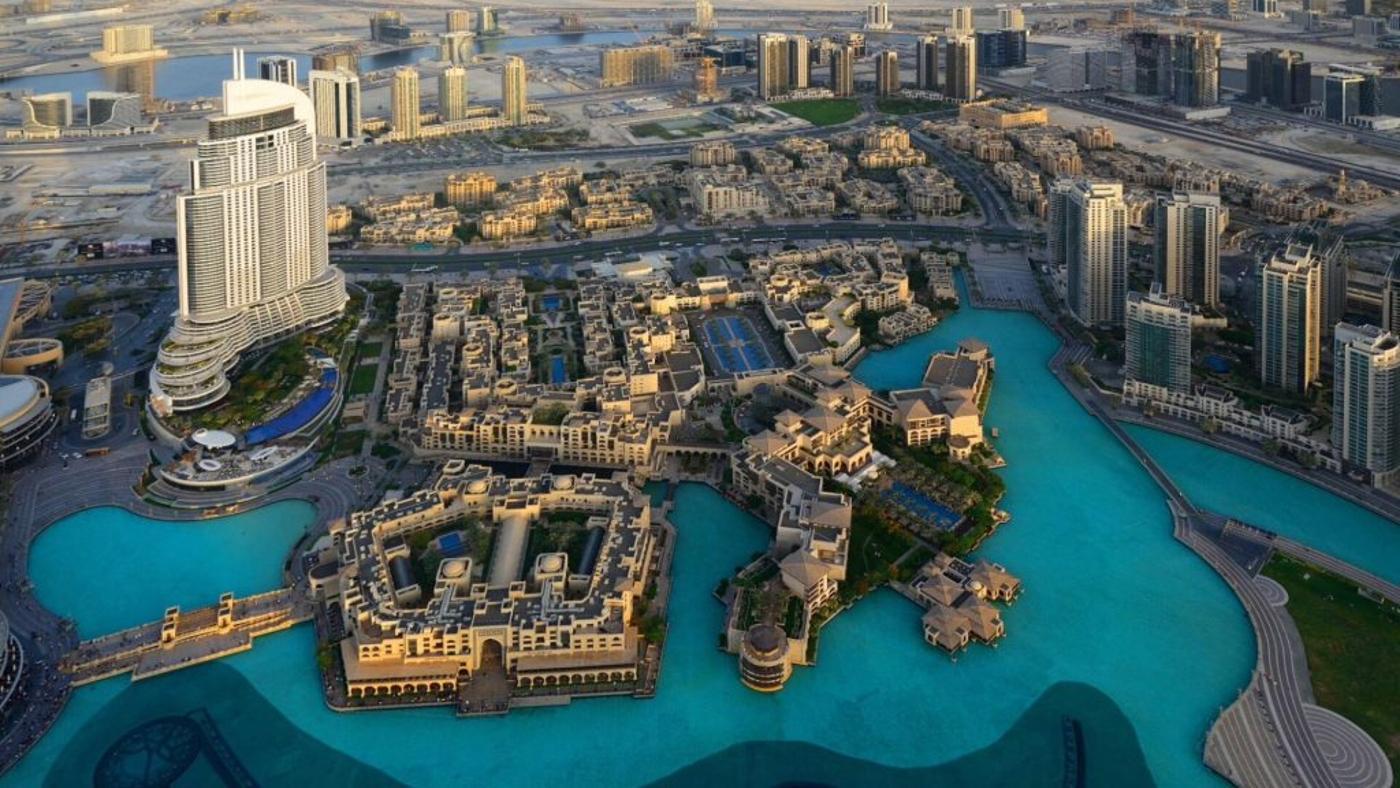
Source: Flickr
According to the calculations, Dubai’s current water ratio rate is 7.08, and it’s expected to increase to 8.01 by 2040. In fact, many worry that the entire Middle East will be completely out of fresh water by only 2050.
1. Denver, Colorado
Finally, the US city with the highest water shortage ratio is Denver, Colorado, by a landslide. This mountainside city has a current rate of 14.88 and a projected rate of 18.28 in 2040.
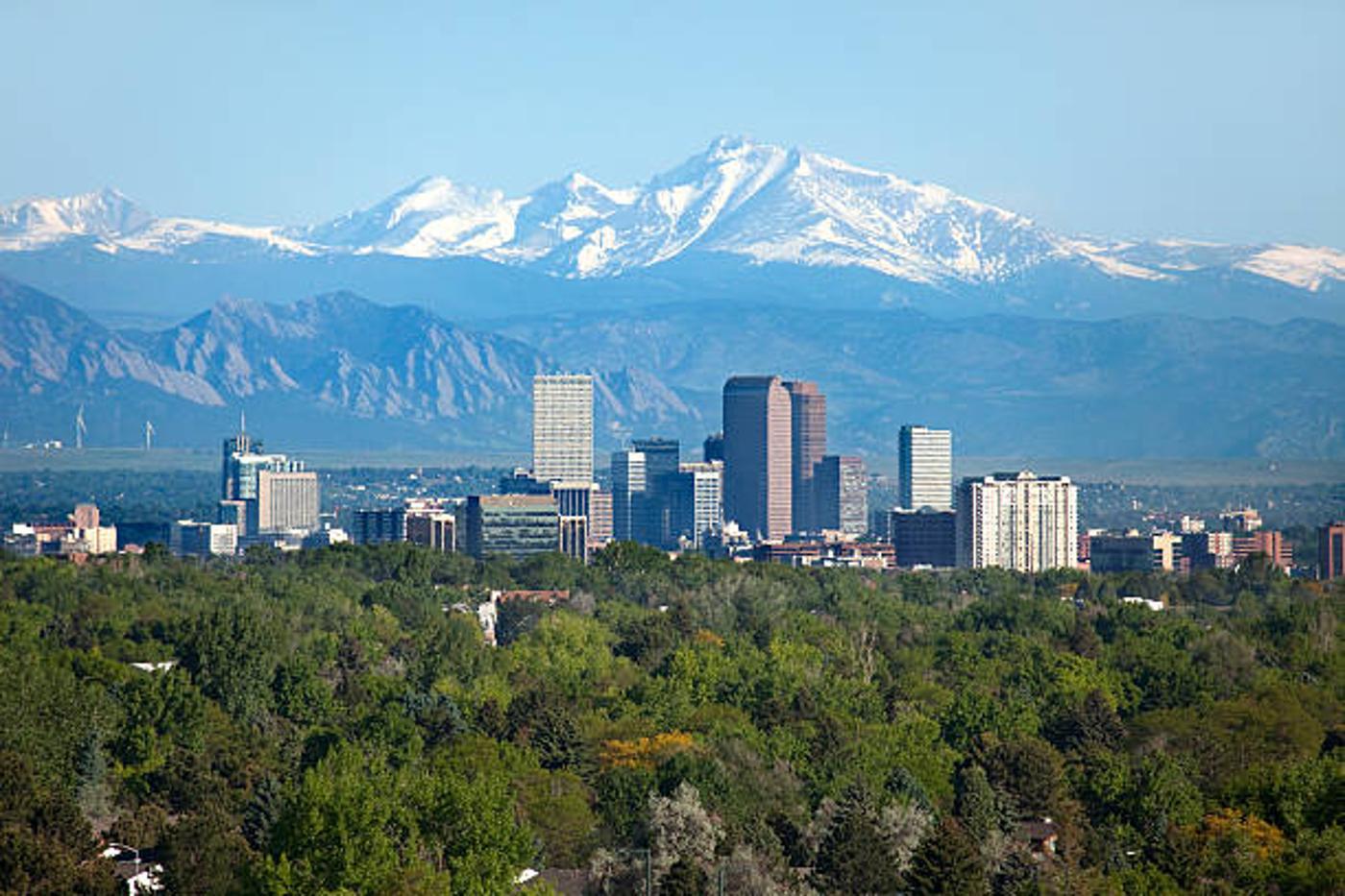
Source: iStock
Denver gets the majority of its water from snow runoff in the Rockies, but as the climate warms, the mountain range gets less snow every year, which means less water for residents. Plans are in place to find alternative water sources, but those take time, and many say that Denver residents could be experiencing extreme water restrictions as soon as 2025.
